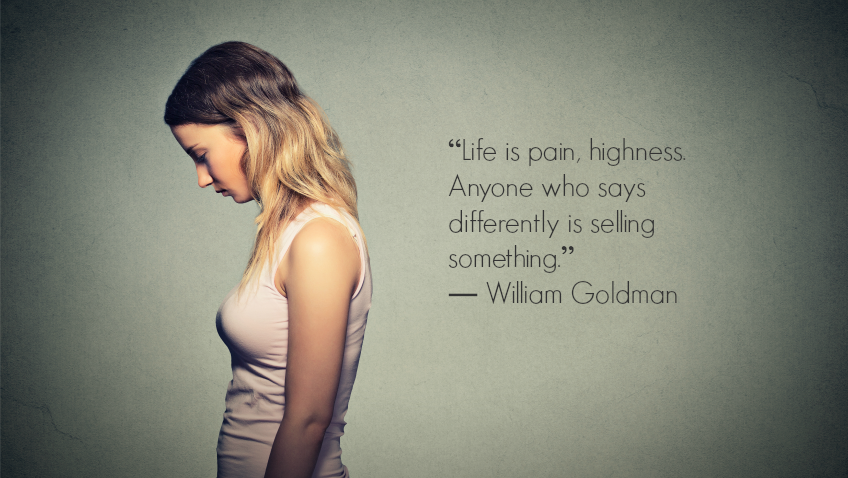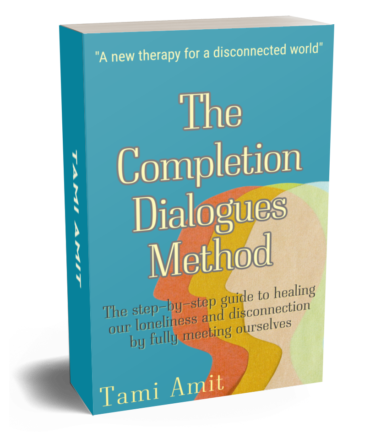Do You Have A Healthy Relationship With Food?

Would you say your relationship with food is relaxed or stressed? Do you eat for nutritional satisfaction, or emotional comfort? Do you over-eat? Under-eat? Do you feel guilty after you eat? Do you weigh yourself regularly? Do you count calories? Fats? Carbs?
Having a healthy relationship with food does not mean choosing ONLY healthy foods, it means having a RELAXED and JOYOUS attitude toward food.
The problem:
Your eating habits are created on a thought – feeling – behaviour cycle. For example: the thought “I am hungry” creates a feeling – lets say, shame which leads to a behaviour – eating a box of cookies or alternatively not eating ANY cookies (both choices are unhealthy). When this cycle repeats itself enough times it creates an electrical circuit in our brain – that is the experience of addiction that feels like you no longer have control over your choices around food.
The solution:
The key is to slow down and be mindful of our interaction with food. The following mindful eating practice will help you slow down the cycle of thought-feeling-behavior, and show you how your thoughts and feelings affect your eating habits. For this practice you need to have a meal alone so if you have little children, try to find a time when you eat by yourself. If that is impossible for you, use this practice as best you can to see how the stress and busyness of eating with young children influences your own eating habits.
Mindful Eating Practice
When you notice your mind wanting food, sit quietly and take a few deep breaths.
Bring your attention inside your body, and notice what is there – is it hunger? boredom? distress? Just notice it as if you were a scientist or an investigator – objectively (without putting your own opinion on it).
After a few minutes of this, get up and walk slowly toward the kitchen. As you walk, continue to pay close attention to the sensations inside your body, and the thoughts passing through your mind – is there anticipation? relief? agitation? Name these feelings for yourself. Don’t judge them, just take note of them.
As you enter the kitchen and choose something to eat, do so in the same way as you have been thus far – slowly, and mindfully. Continue to prepare the food in this same way, place it on a plate, sit down at the table with the food in front of you, and pause. What do you notice now? Excitement? Shame? Annoyance? Watch your thoughts, feelings, and body sensations. Name them. Don’t judge them. If you notice a judgement, that’s ok – name it as a judgement and let it pass.
Begin eating slowly and continue to be mindful throughout your meal. Once your meal is finished, pause again and note the thoughts, feelings and sensations in your body. When the practice is complete continue your day.
Take care:)
TAGS:
Sharing is Caring!
hello,
I'M TAMI!
I am a Psychotherapist, Clinical Hypnotherapist and EMDR Practitioner. If you want to create positive change in your life then you have come to the right place.
Now Trending:
Categories

Let's Work Together!
Other Posts of Interest
Get Your Hands
On My New Book
The Completion Dialogues Method: The new therapy for healing our loneliness and disconnection by repairing our most fundamental relationship – with our self! (to be released in 2022). See Full Details Here >














